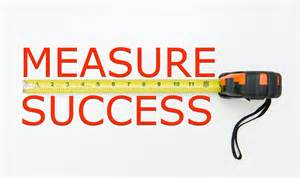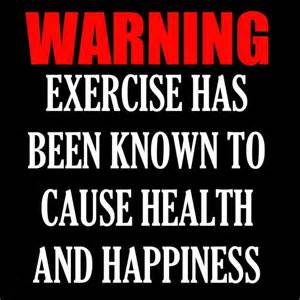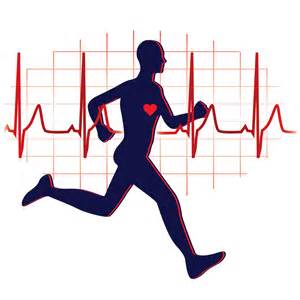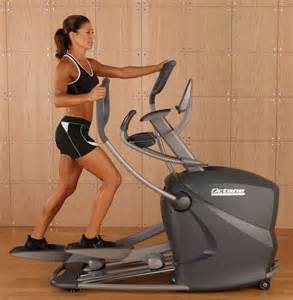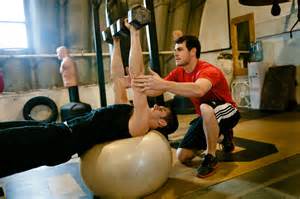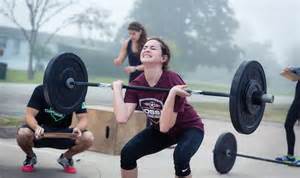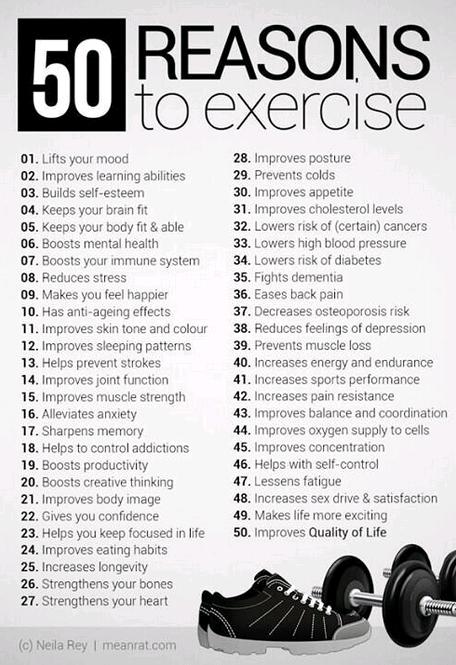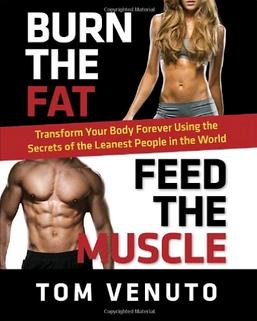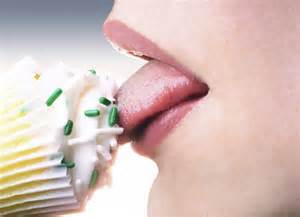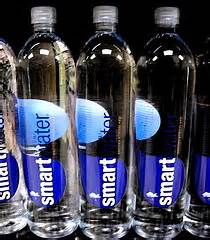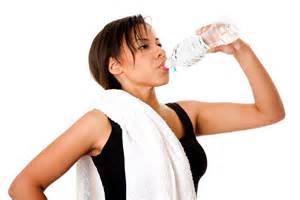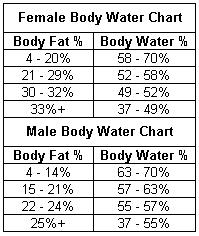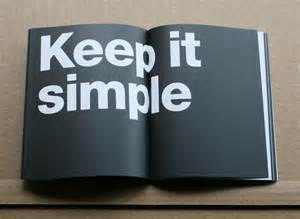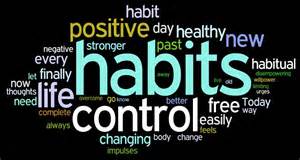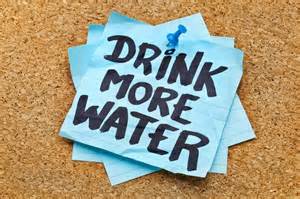My goal as we wrap up Habit # 2 is for you to see the value of exercise and to actually, well, be exercising. Learning about it is important. But taking action is paramount!
 In this final post before we move on to Habit # 3, I would like to address a common problem that everyone faces from time to time. If you are a fitness veteran, then you will be able to relate. If you’re new to exercise, or you’re trying to get started again after many years off, the root of your problem is a little different. And we’ll address that at the end of this post.
In this final post before we move on to Habit # 3, I would like to address a common problem that everyone faces from time to time. If you are a fitness veteran, then you will be able to relate. If you’re new to exercise, or you’re trying to get started again after many years off, the root of your problem is a little different. And we’ll address that at the end of this post.
So what’s the problem? One word… M-O-T-I-V-A-T-I-O-N.
You know, when you just don’t feel like going to the gym. And you look for reasons to justify why you shouldn’t. Sometimes it may even turn into a negotiation. If you can even call it that because you’re the one arguing both sides.
For the veterans in the group, motivation issues can be caused by reaching a plateau where your results taper off, and then lack of interest follows. Boredom can set in from doing the same exercises and routines over an extended period of time. You could be tired. Or if you’ve ever come back after an illness or injury, you know how difficult it can be to get started again.
Here are some suggestions. You can mix up your routine, get an exercise buddy, hire a trainer for a few sessions, or set shorter term mini goals to see results faster. Or you can just stay home. Yea, that’s right. Take the day off. Once in a while is okay. It could be your body giving you a signal that it needs a break. But that’s once in a while; not 2 to 3 times a week.
If you’re new to exercise and you’re finding it tough to get started, it could be due to a number of things which can include:
- Laziness.
- A weak goal.
- Lack of interest.
- Lack of confidence.
- Fear of the unknown.
- Insert your reason.
Here’s where a strong “why” comes to your aid. Forget about willpower. To overcome the inactivity, you need reasons why you want to and why you should – exercise. Or you can show up and take a page out of Nike’s playbook and “Just Do It!”.
Putting motivation aside for a minute. If you do not exercise or haven’t in years, we need to talk. I’m not here to pick on you. And I am certainly not here to judge. But I am here to help you recognize the necessity and the value of exercise. And to get you to take action.
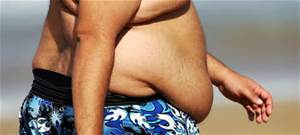 So I’m about to get direct to make my point, in as respectful a way as I possibly can. While there is no guarantee that exercise will help you live a longer more enjoyable life, there is plenty of evidence and medical data that shows it helps. In fact, exercise has been proven to provide numerous benefits. We discussed some of them 2 weeks ago. You can link back here.
So I’m about to get direct to make my point, in as respectful a way as I possibly can. While there is no guarantee that exercise will help you live a longer more enjoyable life, there is plenty of evidence and medical data that shows it helps. In fact, exercise has been proven to provide numerous benefits. We discussed some of them 2 weeks ago. You can link back here.
But in this post I am not going to focus on the benefits again. I’d prefer to look at it from the ‘other side’ to see if I can entice you to reconsider exercise. There’s a lot of proof out there from people that don’t exercise and make bad food choices. After years of abuse and neglect, you’ll find many of them in hospitals and cemeteries. Hey, I told you I was gonna get direct.
By continuing to not exercise, you run the risk of:
- Gaining weight (and getting fat).
- Being depressed and unhappy.
- Having a stroke or heart attack.
- Developing type 2 diabetes.
- Dying early.
- Enough said?
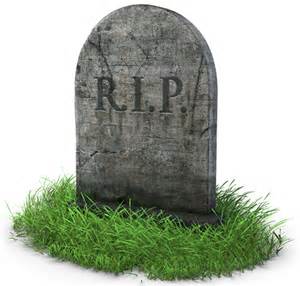 This is not a scare tactic. But feel free to use it as one if it gets you to start moving. We have one body and one life. It’s a gift that we should cherish and take very seriously.
This is not a scare tactic. But feel free to use it as one if it gets you to start moving. We have one body and one life. It’s a gift that we should cherish and take very seriously.
Next week we will tone it down a little as we launch our 3rd Habit. If you’re working hard and feeling stressed, you’ll appreciate next month’s habit. In the meantime, get some exercise and keep drinking plenty of water.
Thank you for sharing your time with me. I’d love for you to let me know what you think by leaving a comment. Is the content valuable and helpful? Did anything resonate? Will you take action? What else would you like to see in future posts?
If you know someone that can benefit from this content, I’d be eternally grateful if you would share this with them. And if you like what you see, you can SUBSCRIBE for automatic updates, LIKE US on Facebook, and spread the word about www.thin2win.net with your friends, family and social circles.

